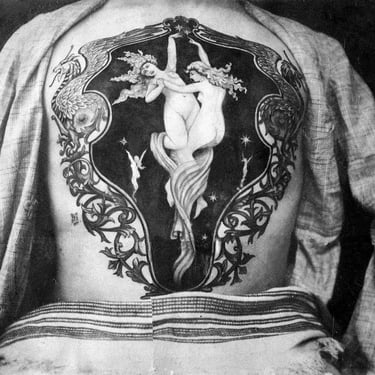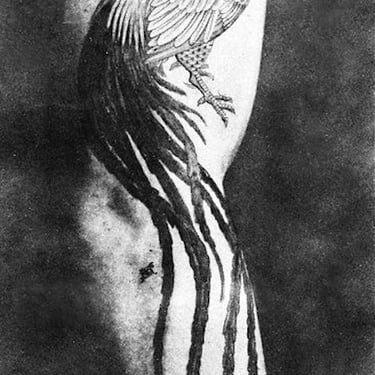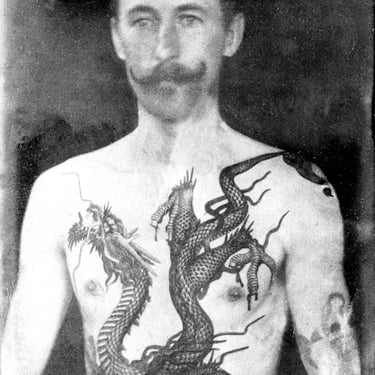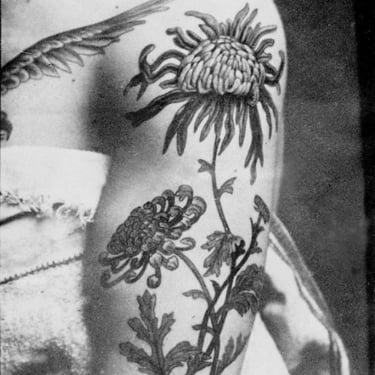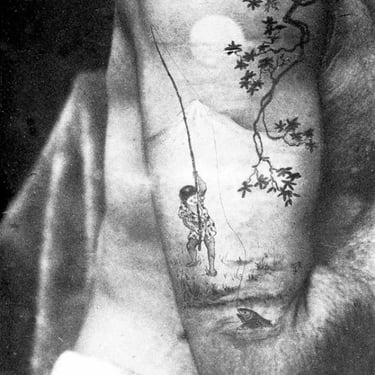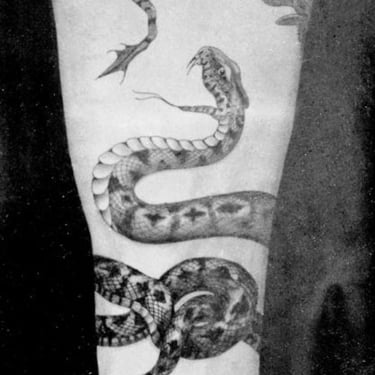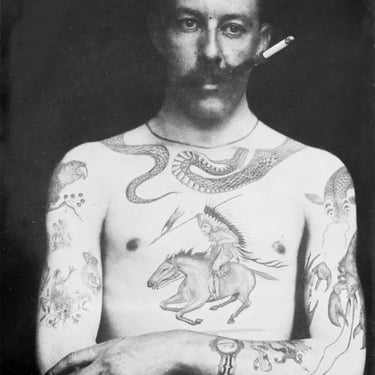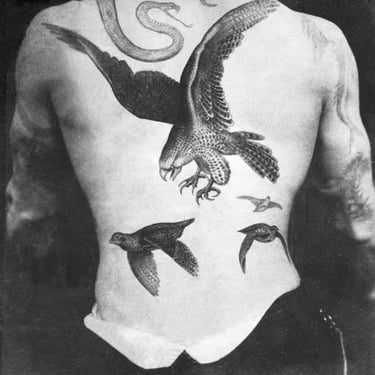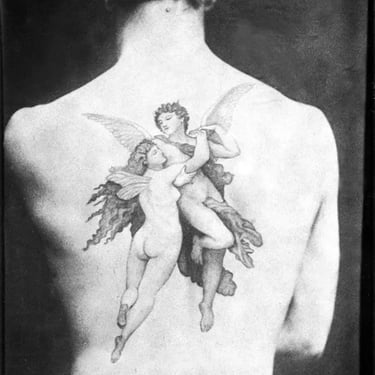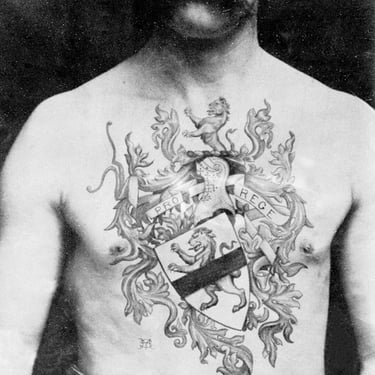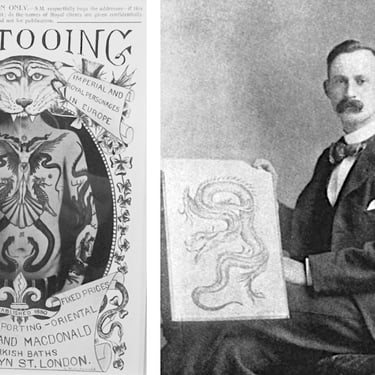Sutherland MacDonald: "Michelangelo of Tattooing" and Pioneer of Tattoo Art 1905
ART
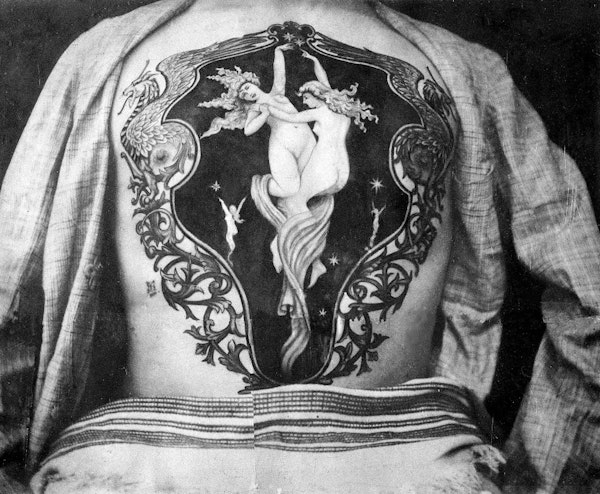

The Art of Sutherland MacDonald, Victorian England’s “Michelangelo of Tattooing” (ca. 1905)
During the Victorian era, tattooing was not widely accepted and was often associated with sailors and criminals. However, there was one man who managed to challenge this perception and elevate the art of tattooing to new heights. Sutherland MacDonald, known as the “Michelangelo of Tattooing,” was a pioneer in the field and his work continues to be admired to this day.
Early Life and Career
Sutherland MacDonald was born in 1860 in the small town of Bathgate, Scotland. He developed an interest in art from a young age and began his career as an apprentice to a local sign painter. It was during this time that he was introduced to the world of tattooing and became fascinated by the intricate designs and techniques involved.
In 1889, MacDonald moved to London and opened his own tattoo studio. At the time, tattooing was still considered a taboo art form, but MacDonald's skill and attention to detail quickly gained him a reputation as one of the best tattoo artists in the city. His clients included members of the aristocracy, artists, and even members of the royal family.
The Artistic Style of Sutherland MacDonald
MacDonald's artistic style was heavily influenced by the prevailing artistic movements of the time, such as Art Nouveau and the Arts and Crafts movement. His designs often featured intricate patterns, floral motifs, and mythological creatures. He was also known for his use of vibrant colors, which was a departure from the traditional black and gray tattoos of the era.
One of MacDonald's most famous works is the tattoo he created for the actress and socialite Lady Randolph Churchill, mother of Winston Churchill. The tattoo, a snake coiled around a dagger, was a symbol of protection and was said to have been inspired by Lady Churchill's love for her son.
Legacy and Influence
Sutherland MacDonald's contributions to the art of tattooing cannot be overstated. He not only elevated the status of tattooing as a legitimate art form but also paved the way for future generations of tattoo artists. His attention to detail, use of color, and innovative designs continue to inspire tattoo artists around the world.
Today, MacDonald's works can be found in museums and private collections. His legacy as the “Michelangelo of Tattooing” lives on, and his impact on the art world is still felt to this day.
